
France’s Charles de Gaulle aircraft carrier, with a displacement of 42,500 tons and a 260-meter flight deck, deployed 22 Rafale M fighters and two E-2C Hawkeye aircraft during Operation Clemenceau 2025.
Its K15 nuclear reactors enabled a 5-month Indo-Pacific mission, representing Western Europe’s most significant naval deployment since the 1960s.
Chinese Naval Response
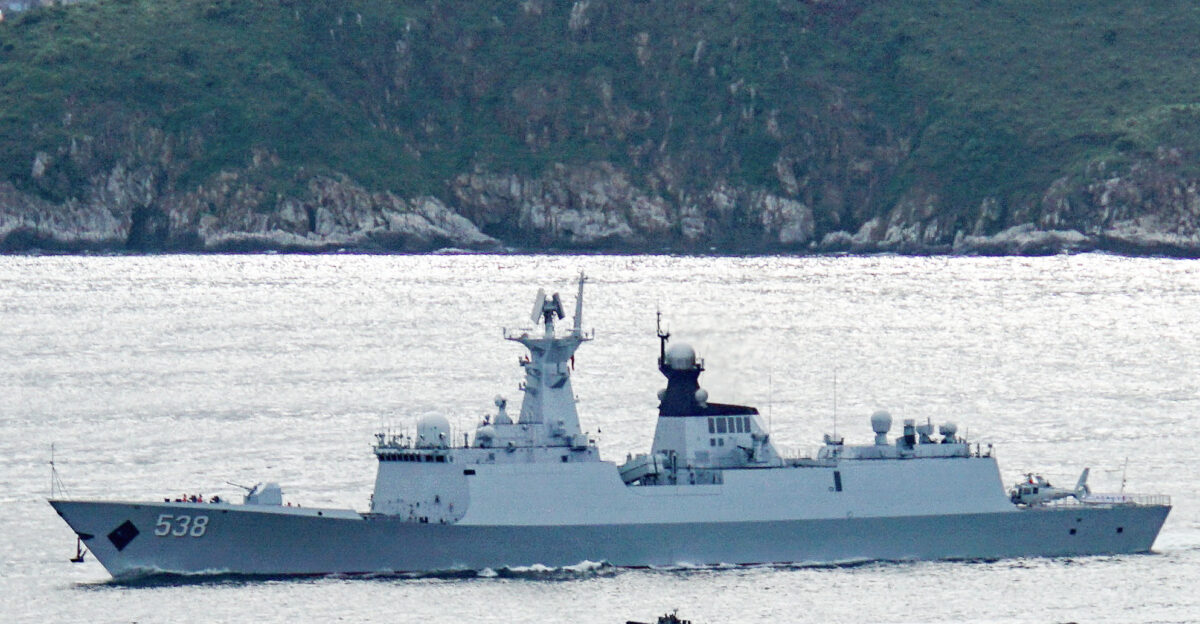
Chinese Type 054A frigates conducted surveillance near a French carrier group, equipped with 32-cell vertical launch systems and HQ-16 surface-to-air missiles with a 50 km range.
Using advanced Type 382 radar systems, the frigates monitored the French formation while maintaining a safe distance per maritime law.
Strategic History

In November 2024, France’s carrier strike group, under the leadership of the Charles de Gaulle, commenced a five-month deployment in the Indo-Pacific region.
This mission, known as Operation Clemenceau 2025, is designed to enhance partnerships with allied nations and showcase France’s dedication to ensuring regional security.
Mounting Pressure
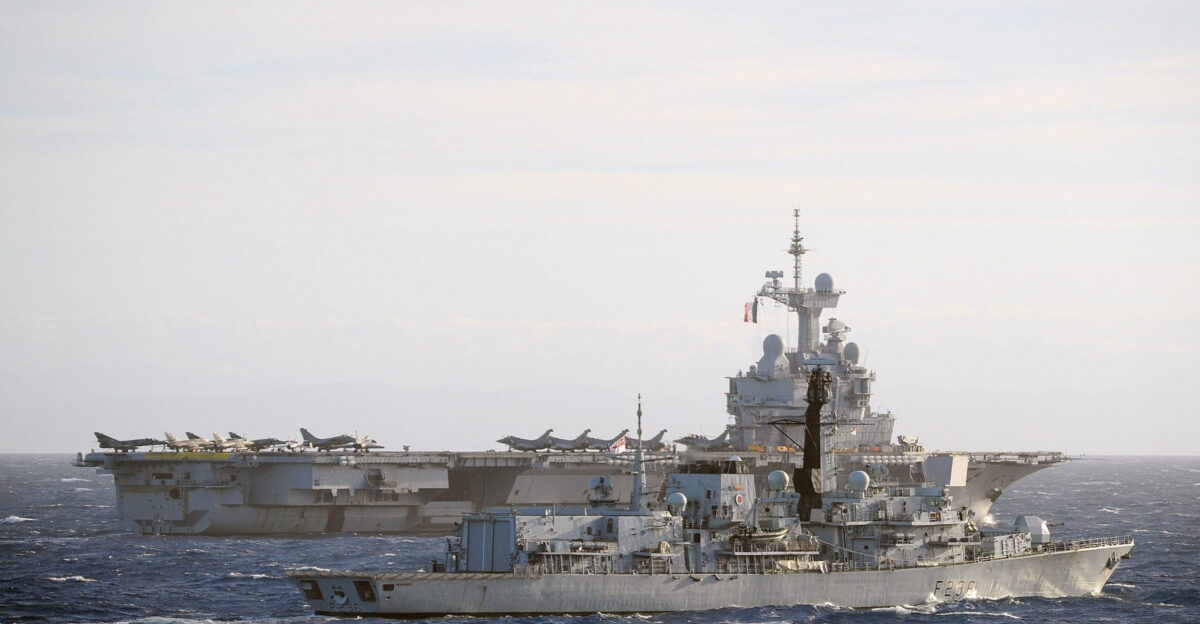
In early 2025, the French carrier group participated in joint military exercises with the United States, Japan, and the Philippines. Notably, these operations included the inaugural French-Philippine patrol in the South China Sea.
This development highlights an increasing level of European engagement in the maritime disputes in Asia.
Admiral Mallard’s Command
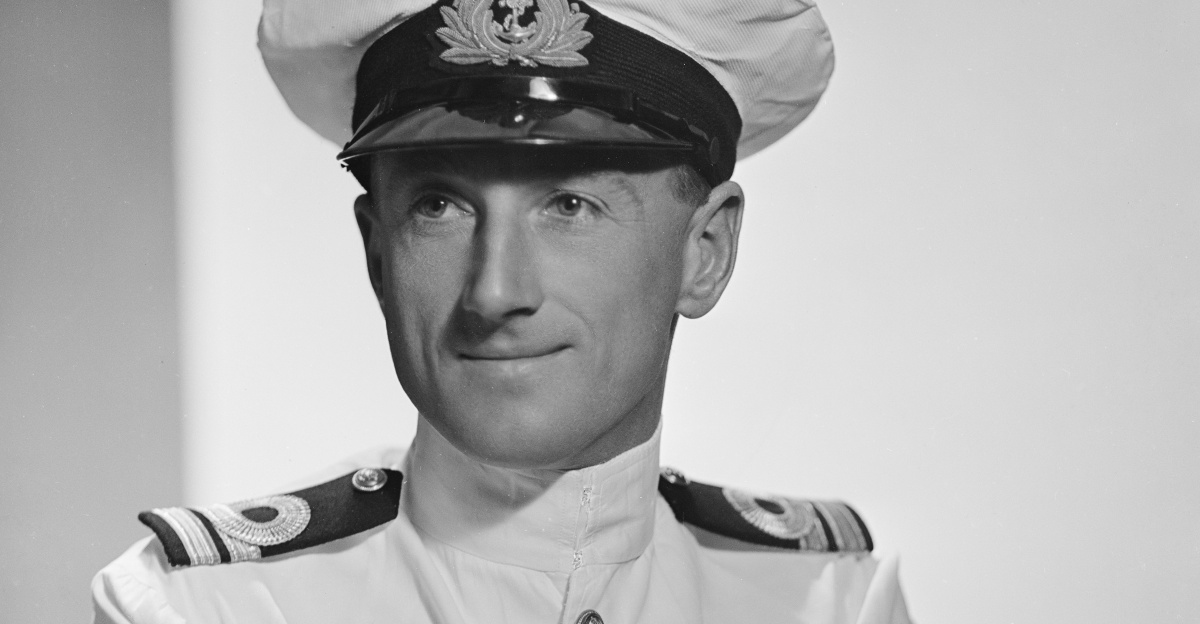
Rear Admiral Jacques Mallard has led the French Carrier Strike Group FRSTRIKEFOR since August 2023.
The group’s recent mission tested new Link 22 datalinks, replacing the older Link 11 systems, to enhance interoperability with U.S. and Japanese forces during complex multi-domain operations.
Regional Impact
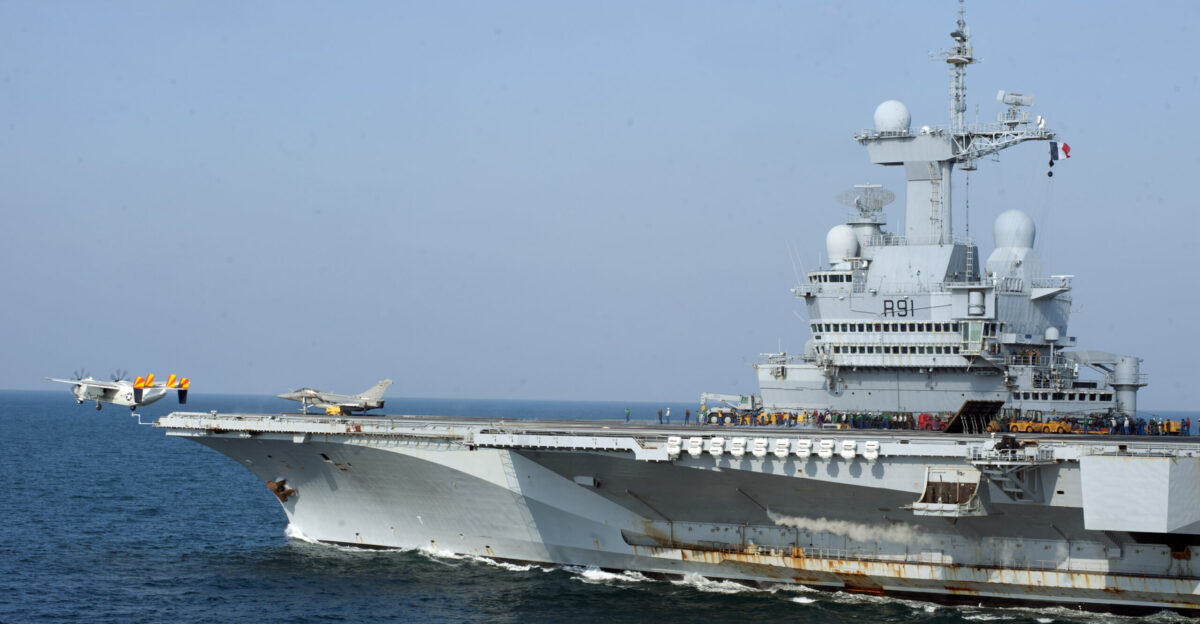
The deployment of the French carrier in the vicinity of the Luzon Strait and the South China Sea has garnered significant attention from regional navies.
In response, Philippine forces participated in joint military exercises alongside the French. Additionally, satellite imagery indicated the presence of Chinese carriers in the area, heightening local security concerns.
Subic Bay Strategic Significance
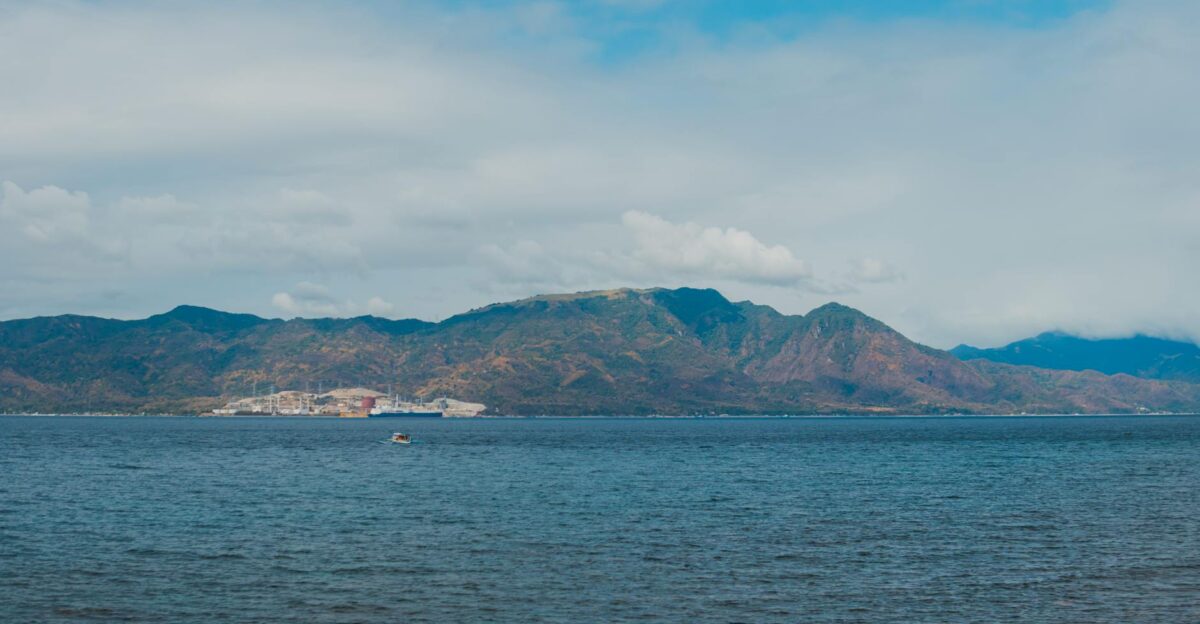
The French Navy identified Subic Bay as the most logistically promising port visited during the Clemenceau 25 mission in the Indo-Pacific.
The former U.S. naval base successfully supported the 194-meter Jacques Chevallier supply vessel, with officials praising its infrastructure for future carrier operations and regional partnerships.
Competitor Moves
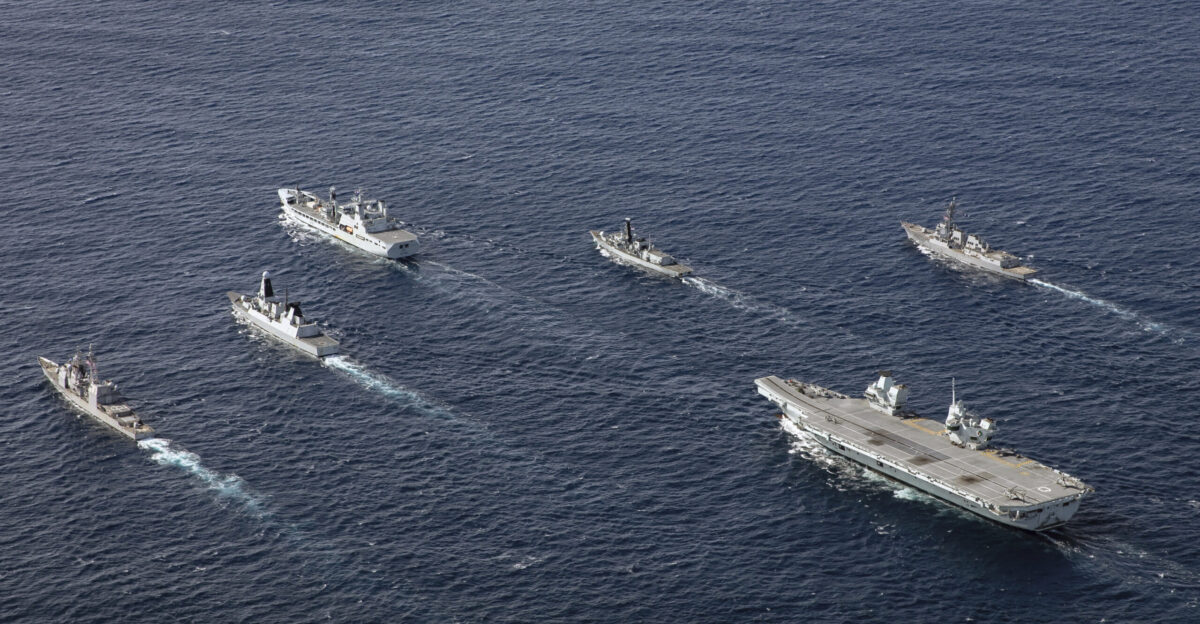
The deployment of the Charles de Gaulle coincided with a noticeable increase in naval operations by other European nations.
Both the United Kingdom and Italy dispatched carrier groups to the Indo-Pacific, highlighting a growing trend of European involvement in the region’s maritime security framework.
Macro Context

The Indo-Pacific region has emerged as a central arena in global naval competition, with France, the United States, China, and various regional partners regularly engaging in joint military exercises.
These operations highlight the strategic significance of maintaining freedom of navigation and reflect the ongoing disputes surrounding the South China Sea.
Carrier Encounter

French officers conducting the first comprehensive Western assessment of Chinese naval strength in contested waters counted between thirty and forty Chinese ships operating in an area equivalent to three-quarters of the Mediterranean Sea.
The count excluded smaller militia vessels, revealing what senior French naval personnel described as a “substantial” force deployment that shadowed the carrier group throughout its South China Sea transit.
La Perouse Exercise Innovation
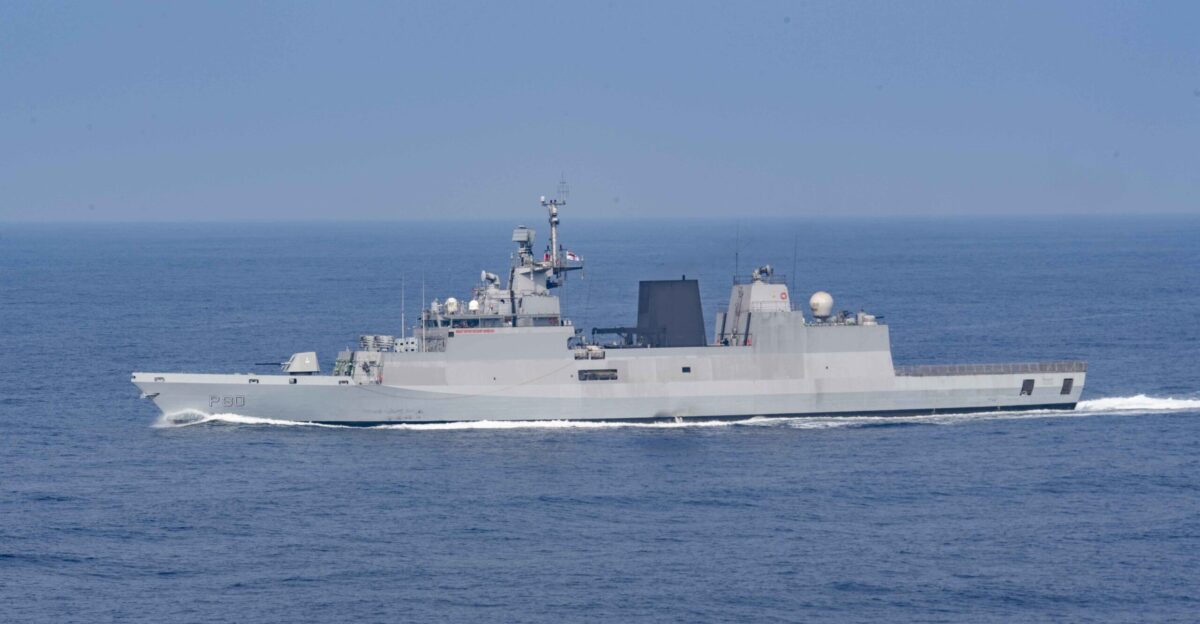
The multinational La Perouse 25 exercise marked the first participation of Southeast Asian nations, including Indonesia, Malaysia, and Singapore, in the biennial French-led drill.
Nine countries deployed 13 ships and 30+ aircraft across the Malacca, Sunda, and Lombok straits, protecting passages handling one-third of global commercial shipping.
Leadership Dynamics
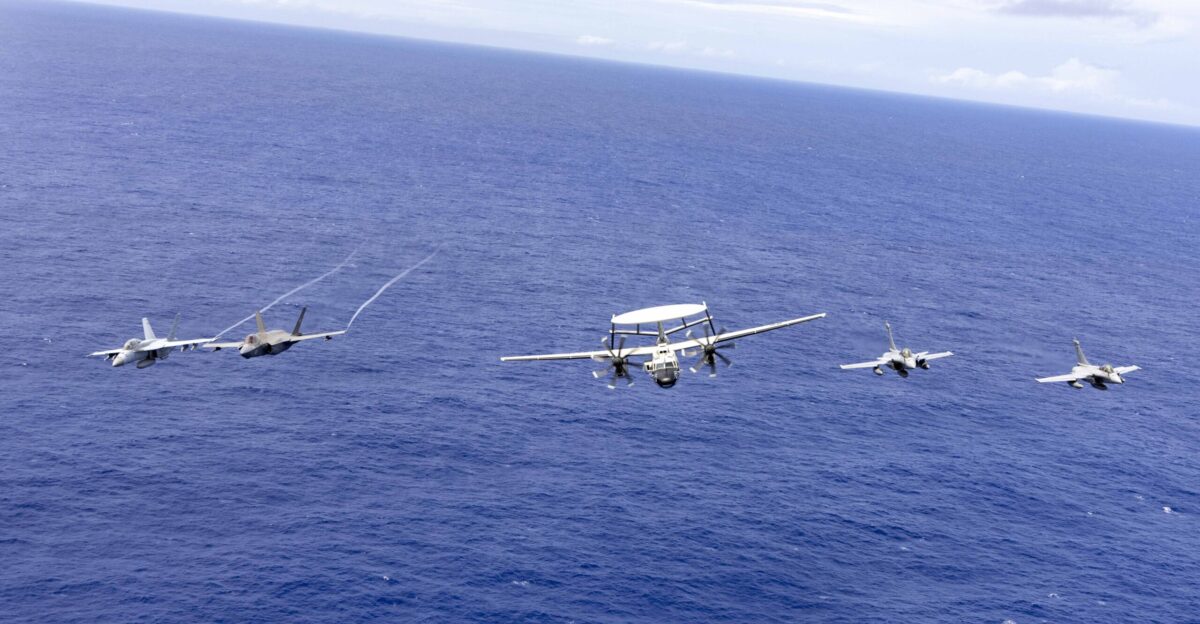
Rear Admiral Jacques Mallard, the French Carrier Strike Group commander, led the mission, emphasizing interoperability and regional partnerships.
The deployment showcased France’s naval leadership and its evolving role in Indo-Pacific security.
Strategic Recovery
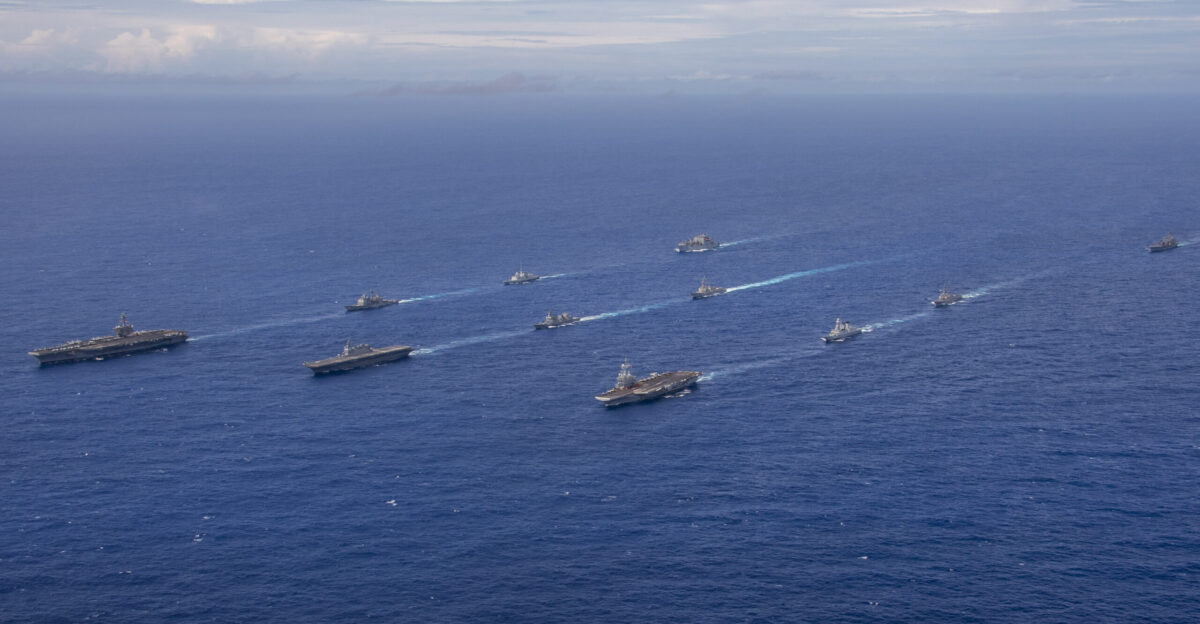
Following the tense encounters, France continued joint exercises with regional partners, including the Philippines and Japan.
These activities aimed to reassure allies and demonstrate France’s commitment to maintaining stability in contested waters.
Expert Outlook
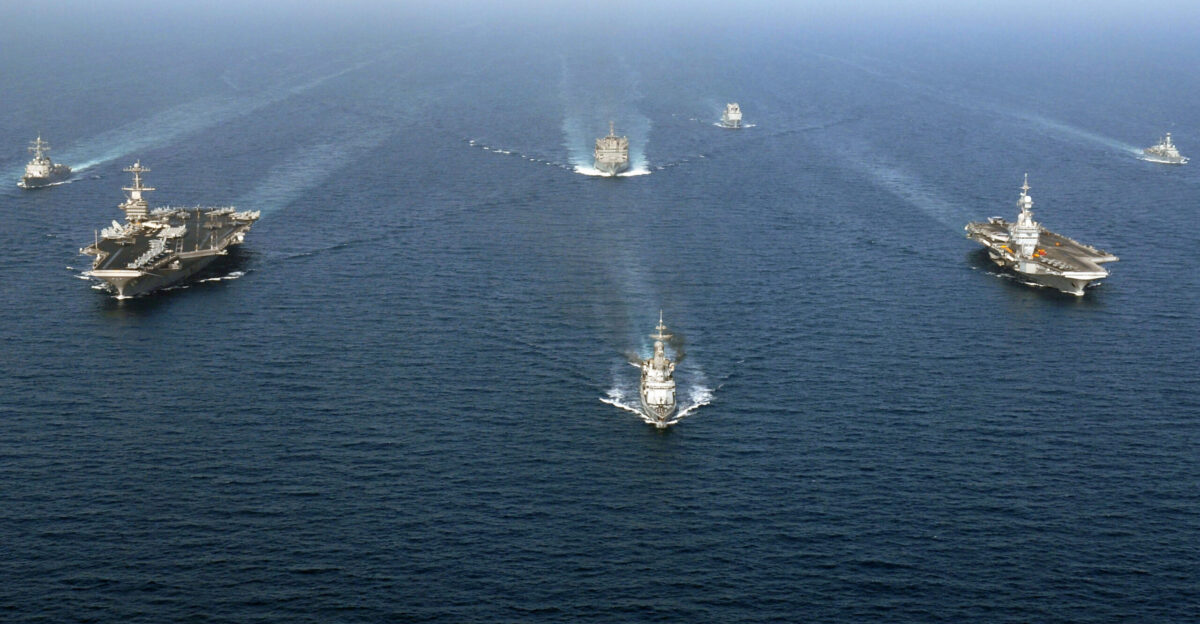
Regional security analysts warn that such close naval encounters risk miscalculation and could escalate rapidly unless managed through diplomatic channels.
The incident serves as a reminder of the fragile balance in the Indo-Pacific.
Looking Ahead
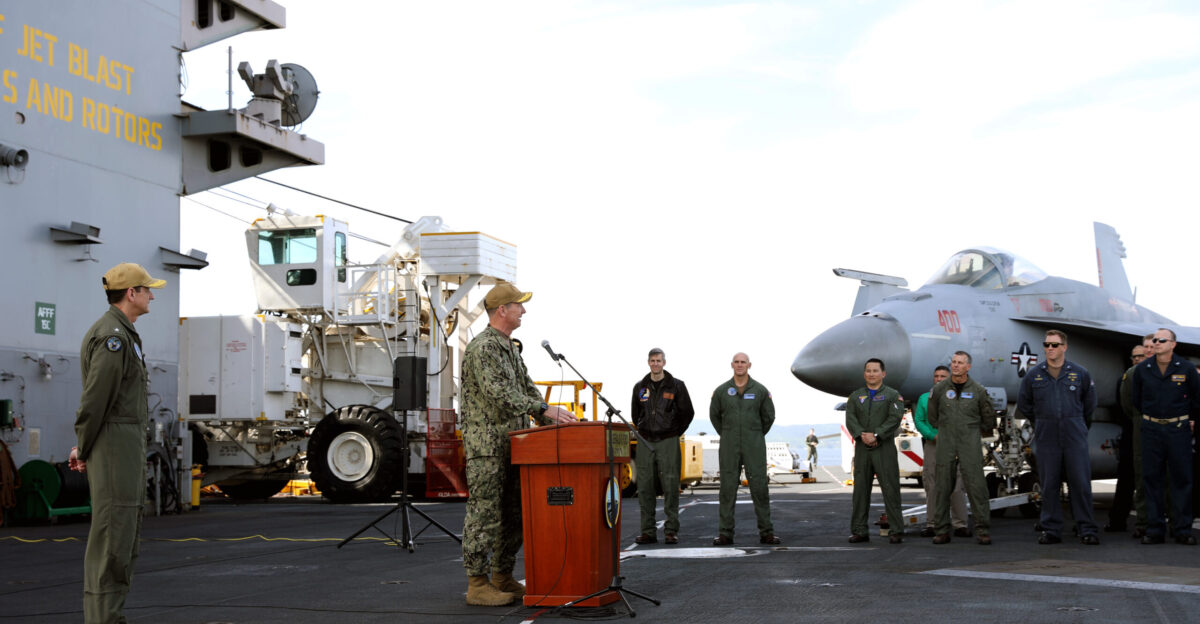
With European carrier deployments on the rise, questions remain about the long-term impact on regional stability.
Will increased Western presence deter aggression, or fuel further tensions in the South China Sea?
Historic Philippines Deployment
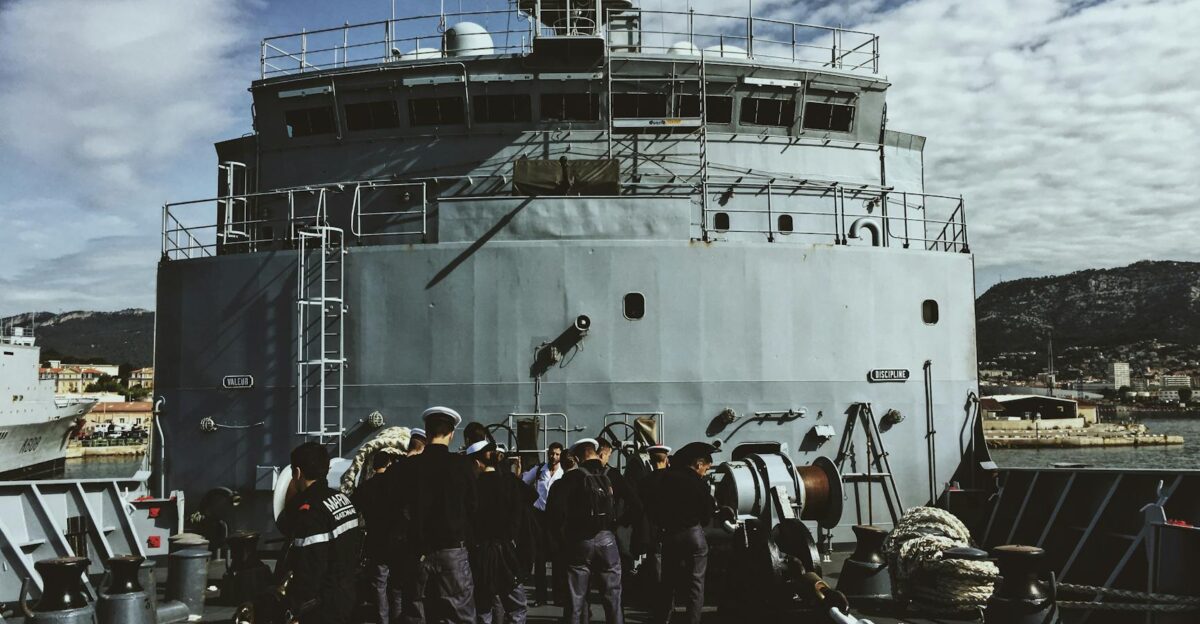
Charles de Gaulle’s February 2025 visit to Subic Bay represented the first French aircraft carrier port call in Philippine history, traveling over 12,000 kilometers from Toulon.
The deployment fulfilled commitments under the December 2023 Letter of Intent signed between Defense Ministers Teodoro and Lecornu, establishing new frameworks for military cooperation.
International Ripple
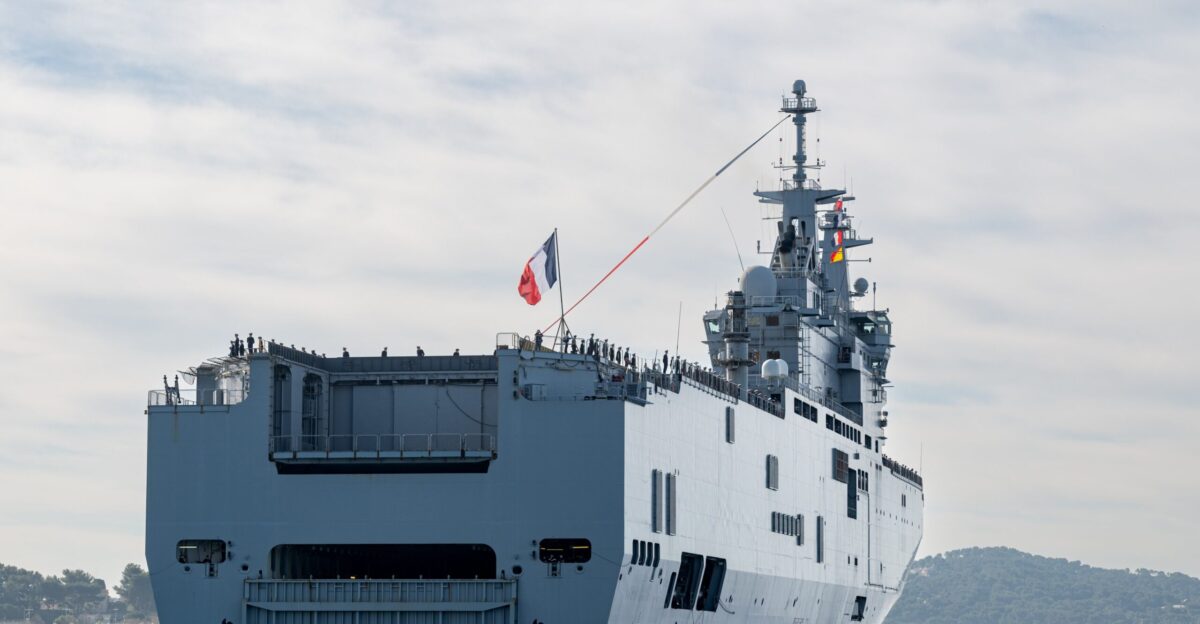
The trilateral carrier exercise conducted by France, the United States, and Japan has captured significant global attention.
North Korea and China have criticized the drills, denouncing them. In contrast, regional partners have expressed support, viewing the collaboration as a demonstration of solidarity in response to coercive maritime tactics.
Legal and Environmental Angle
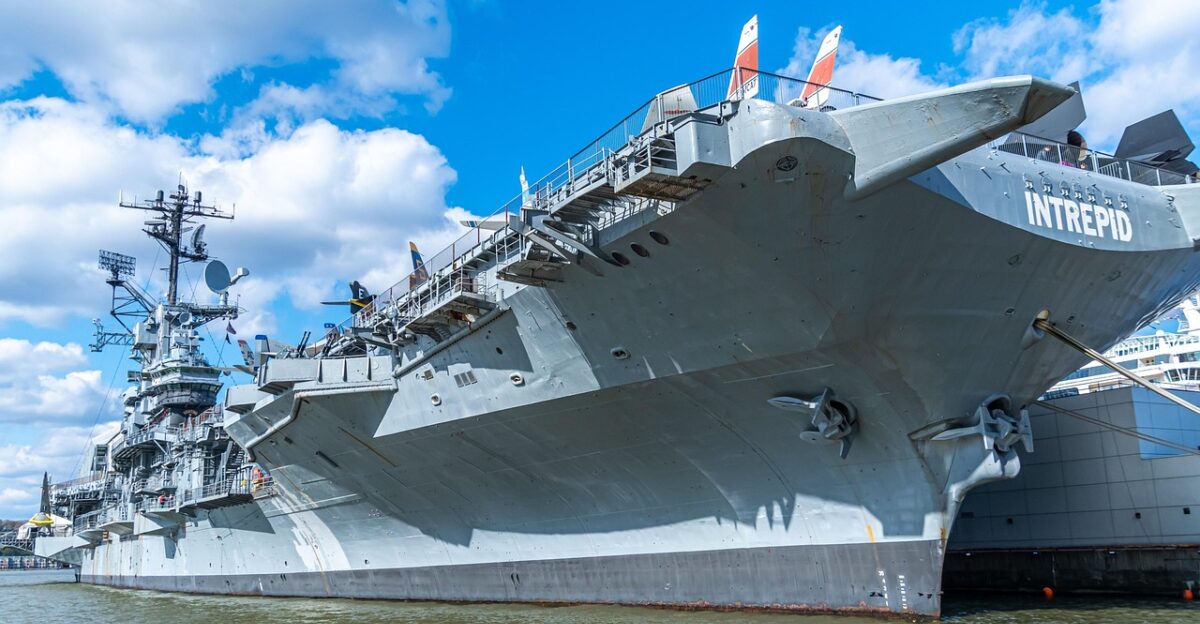
France’s mission highlighted the importance of freedom of navigation in accordance with international law, a principle that China is challenging in the South China Sea.
Additionally, the potential environmental implications were raised, as extensive naval operations can have significant effects on local marine ecosystems.
Cultural Shifts
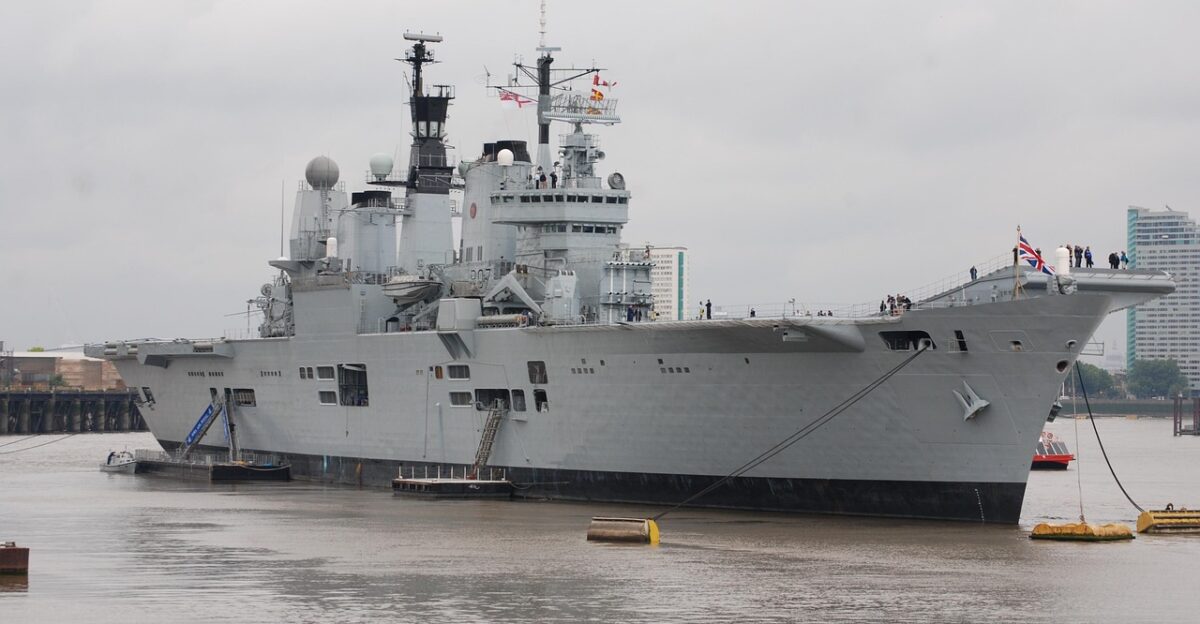
The recent deployment marks a significant transformation in European strategic culture, indicating that France and its allies are increasingly prepared to extend their military presence beyond their borders.
This shift highlights evolving security, sovereignty, and international collaboration norms, particularly in the Indo-Pacific region.
Broader Reflection
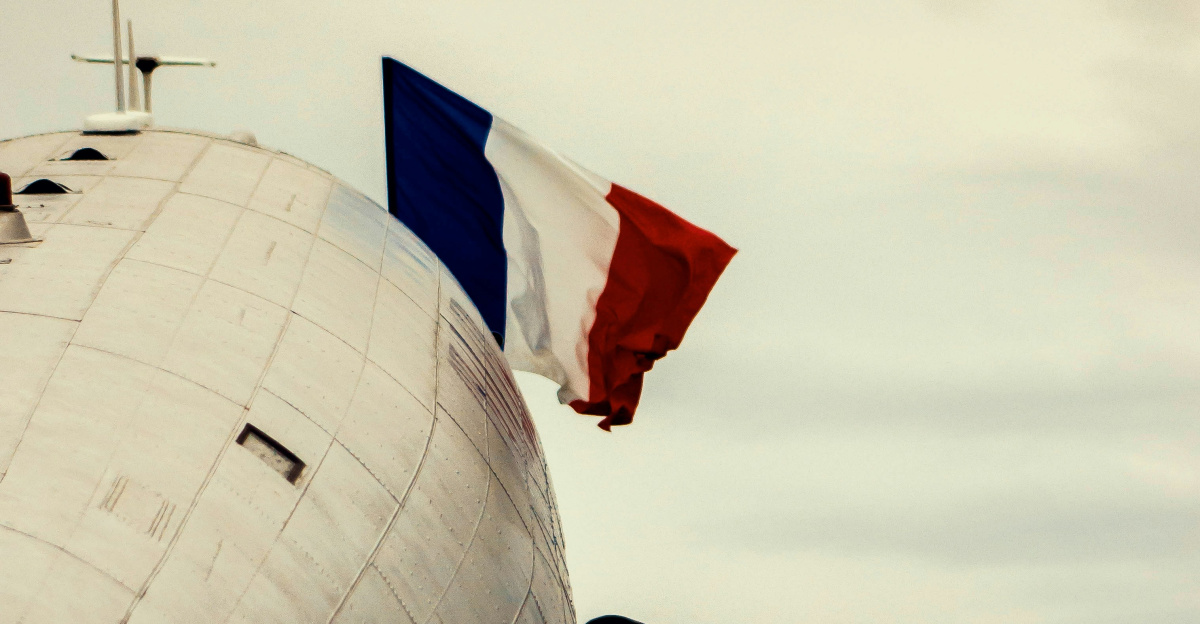
The Pacific mission of the Charles de Gaulle highlights the importance of the Indo-Pacific region in global security discussions.
With increasing naval competition, the future of this area will depend on effective diplomacy, deterrence strategies, and the capability of major powers to manage potential risks effectively.